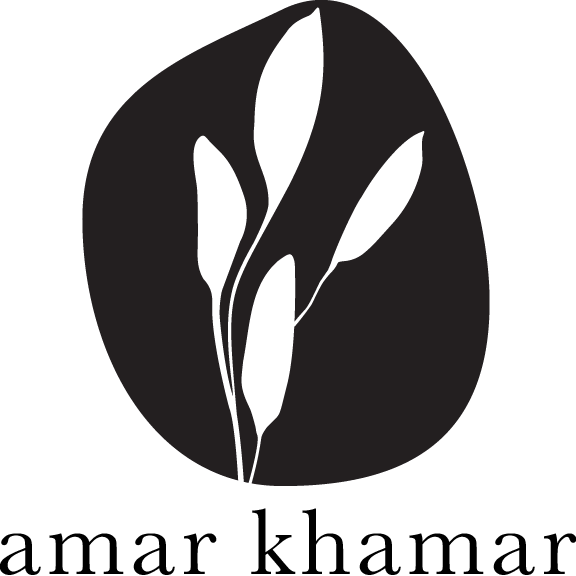Red Chire from Shatia
Red Chire from Shatia
Couldn't load pickup availability
- single-origin heirloom
- cultivated with love
- nature-friendly farming
This dish which is inspired from the Nepalese classic chiura and choila, indicates one of the remarkable ways in which a humble ingredient finds expression across communities and cultures. The dry earthiness of the flattened rice complements the meatiness of buffalo in an understated bowl of happy meal.
about
Made from our hugely popular red rice, Shatia, the chire is produced following traditional processes. Since the outer red bran is retained in the rice, the chire also carries the same wholesomeness along with the flavour and earthiness of the rice. A derivative of rice, flattened/beaten rice is consumed across the Indian Subcontinent and Cambodia in a variety of ways and dishes.
| flavour | toasted |
| aroma | earthy |
| processing | dirty white with brownish red specks on flakes |
|
storage |
store them in a cool and dry place |
what you can cook with it
Chire can be used in any number of ways that you want to. Substitute them in your morning breakfast cereal, gently toast and toss them in a salad or simply use them as a breading in fried food.
| origin | Uttar Dinajpur, West Bengal |
| processing | by hand |
About Chire
Chire are derivatives of rice that are popular in most of the rice consuming nations in South Asia. The traditional way of making them is to parboil the rice grains with husk, drain and dry them completely. The next day, the parboiled grains are dry-roasted and immediately transferred to a shallow hole below a pounding lever, known in Bengal as dhneki. As soon as the grains are poured into the hole, the lever is manoeuvred by foot at one end while the hot grains are turned and tossed inside the hole by hand. Clearly, the process is an example of experience and pure craftsmanship requiring dexterity and acute sense of timing by both the persons, mostly women, involved; and the job a risky one. The flattened flakes are then winnowed using a kulo that gets rid of the loose husks and broken grains. What is left are toasty additive-free flakes of rice, consumed and loved across regions that know about them and which can potentially replace processed-sugared corn flakes in breakfast cereals.
our philosophy
We believe that the way we cultivate, process, buy, and cook our food can change the world for better. Every time you decide to buy food that has been produced in a sustainable way, you make the world a better place. Learn more about our manifesto.
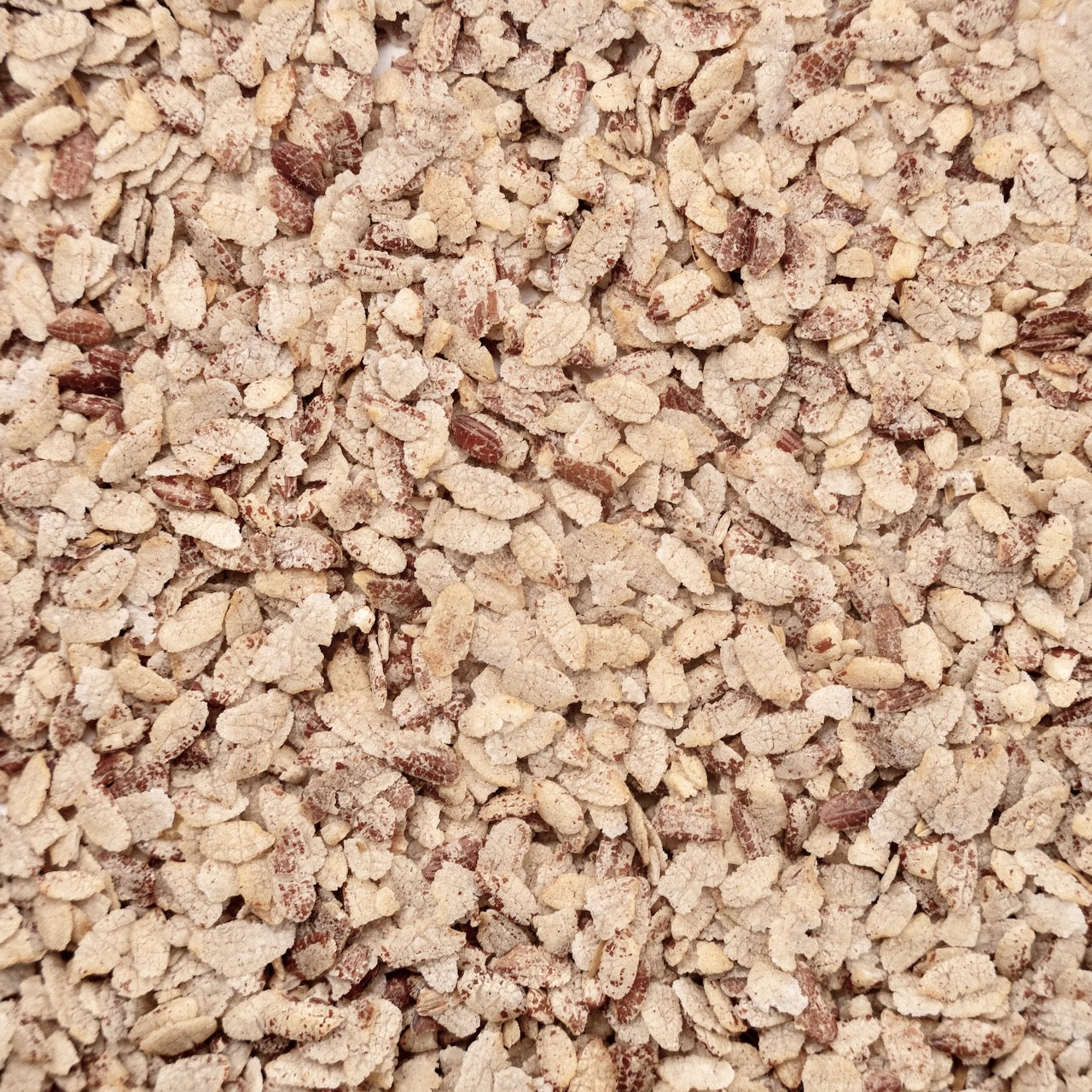
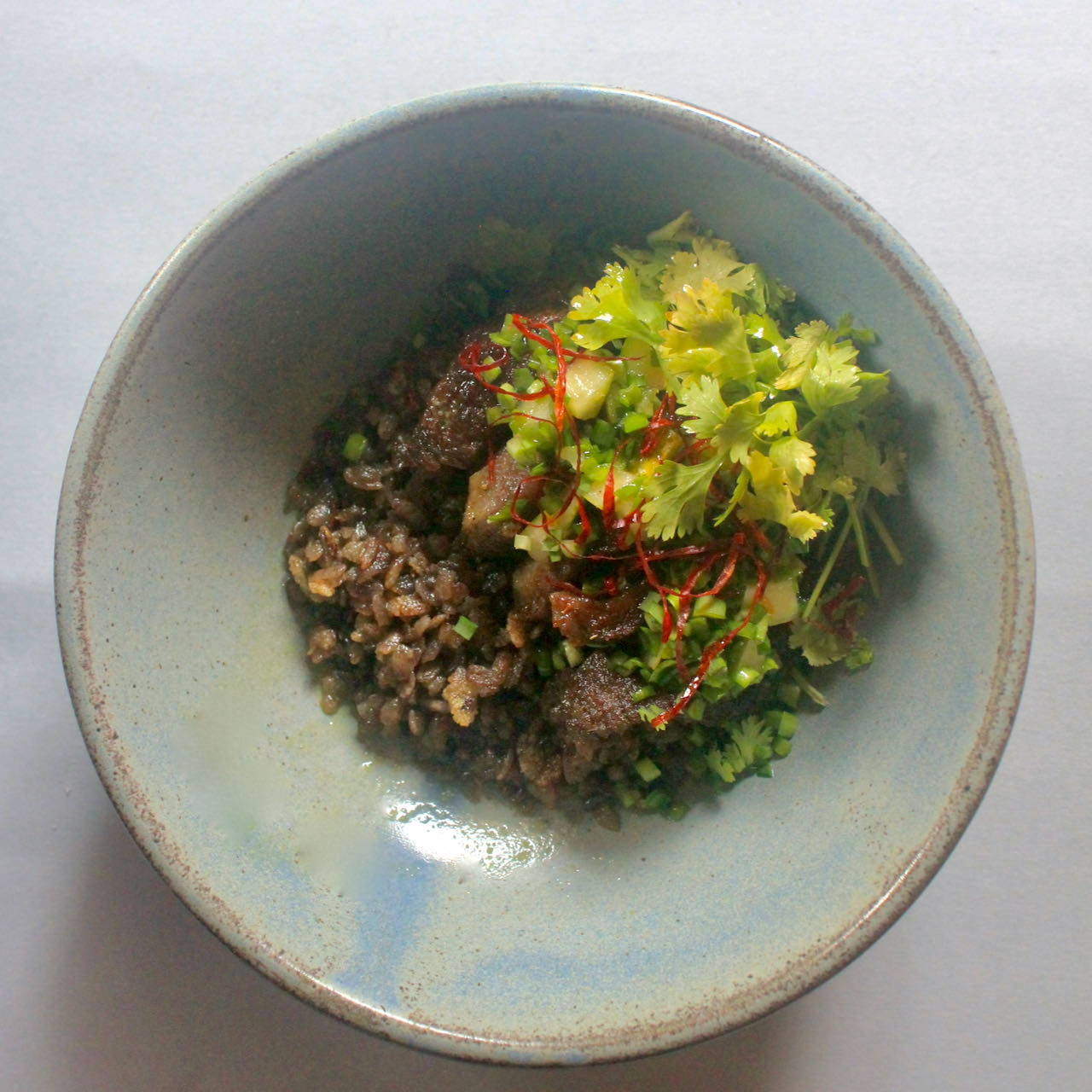
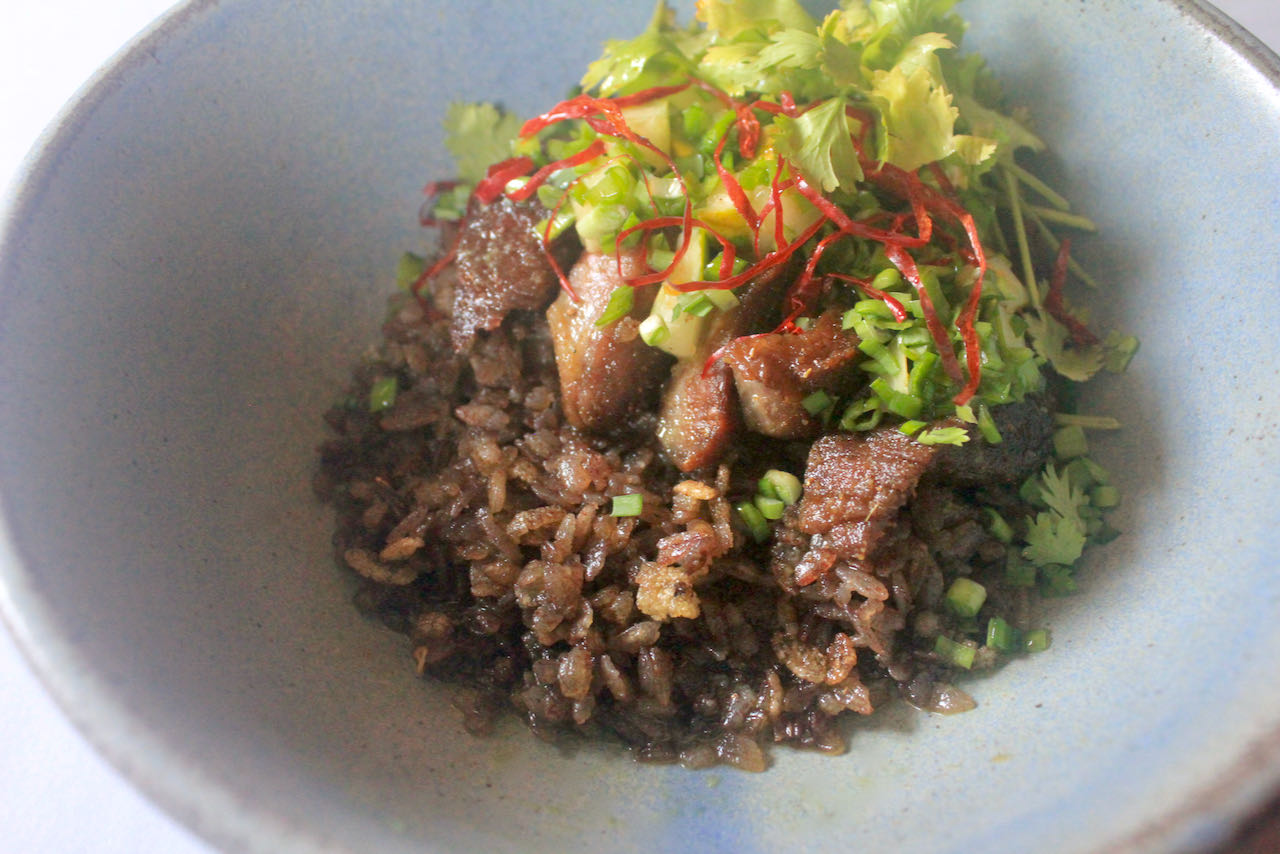
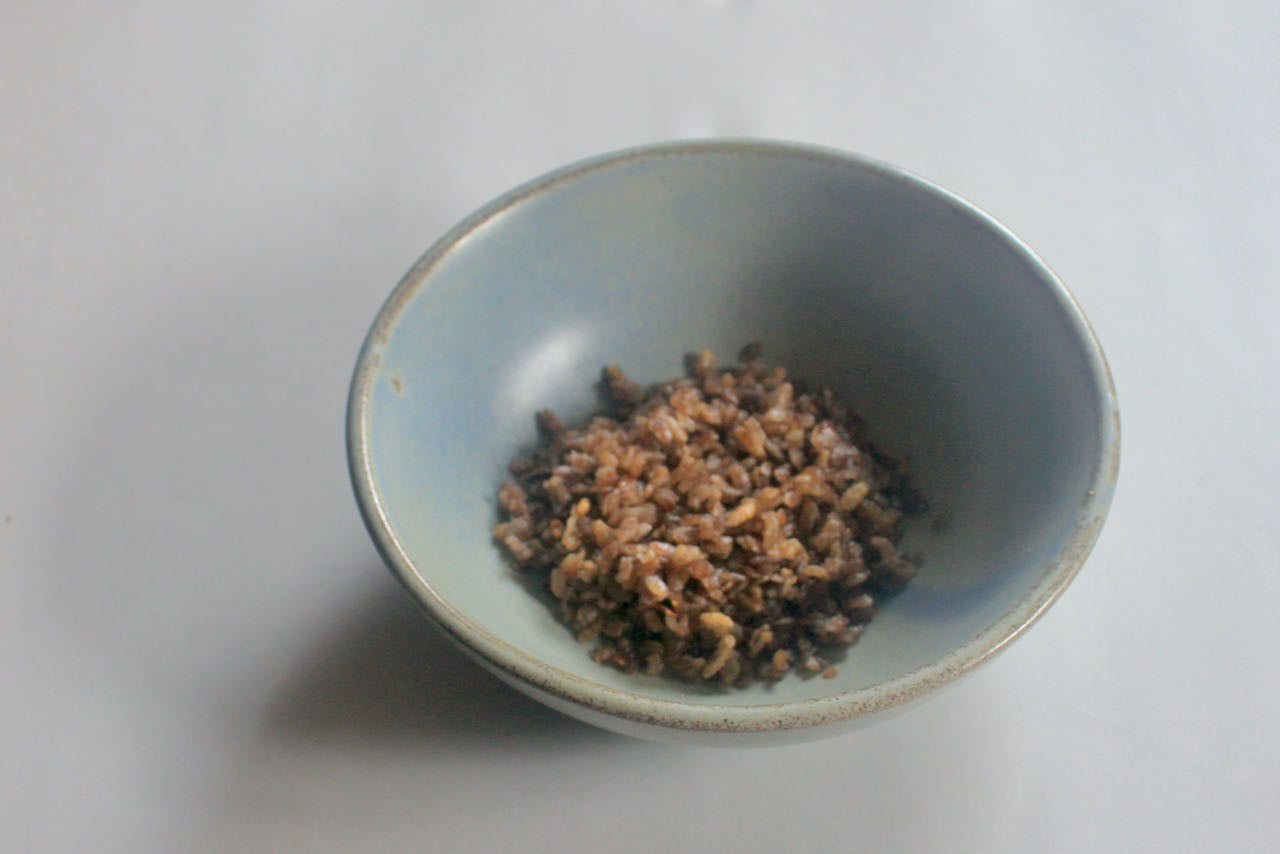
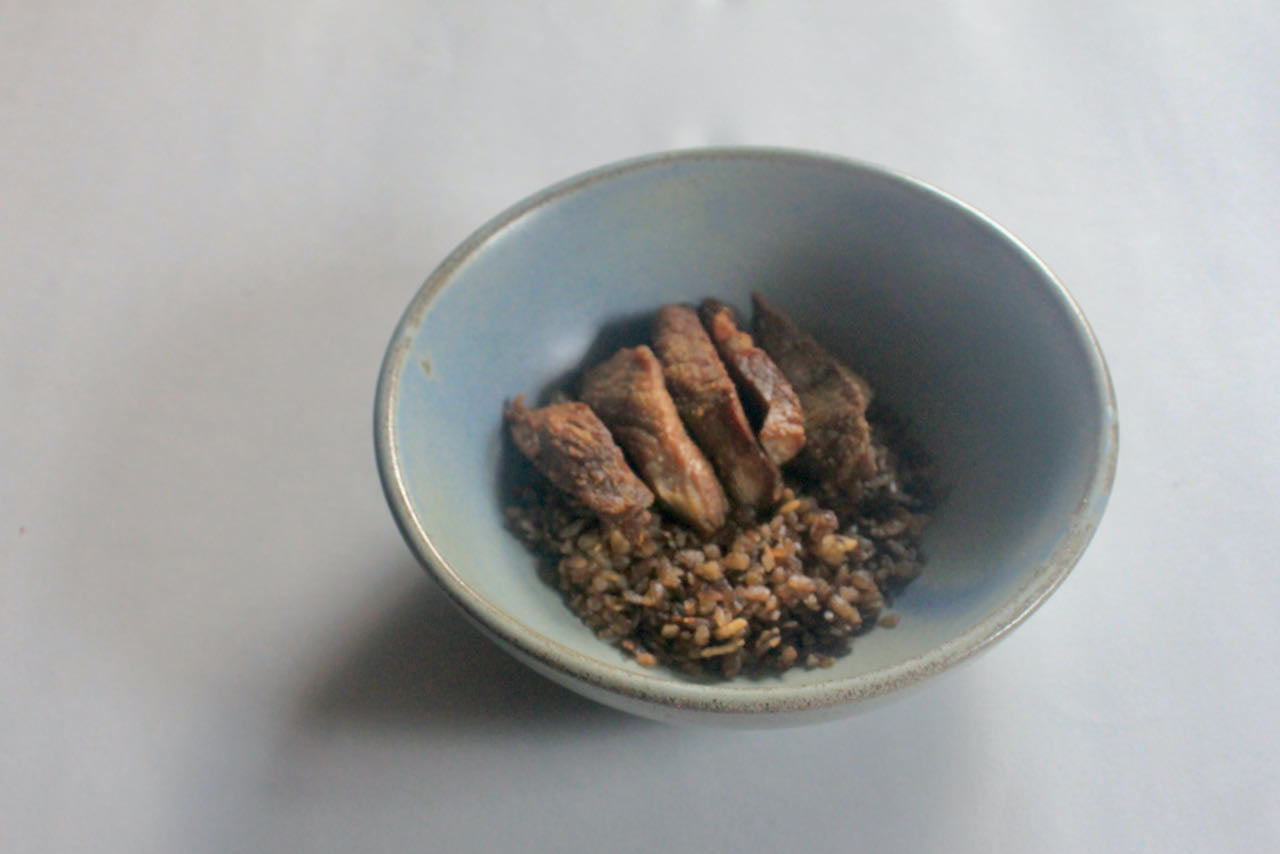
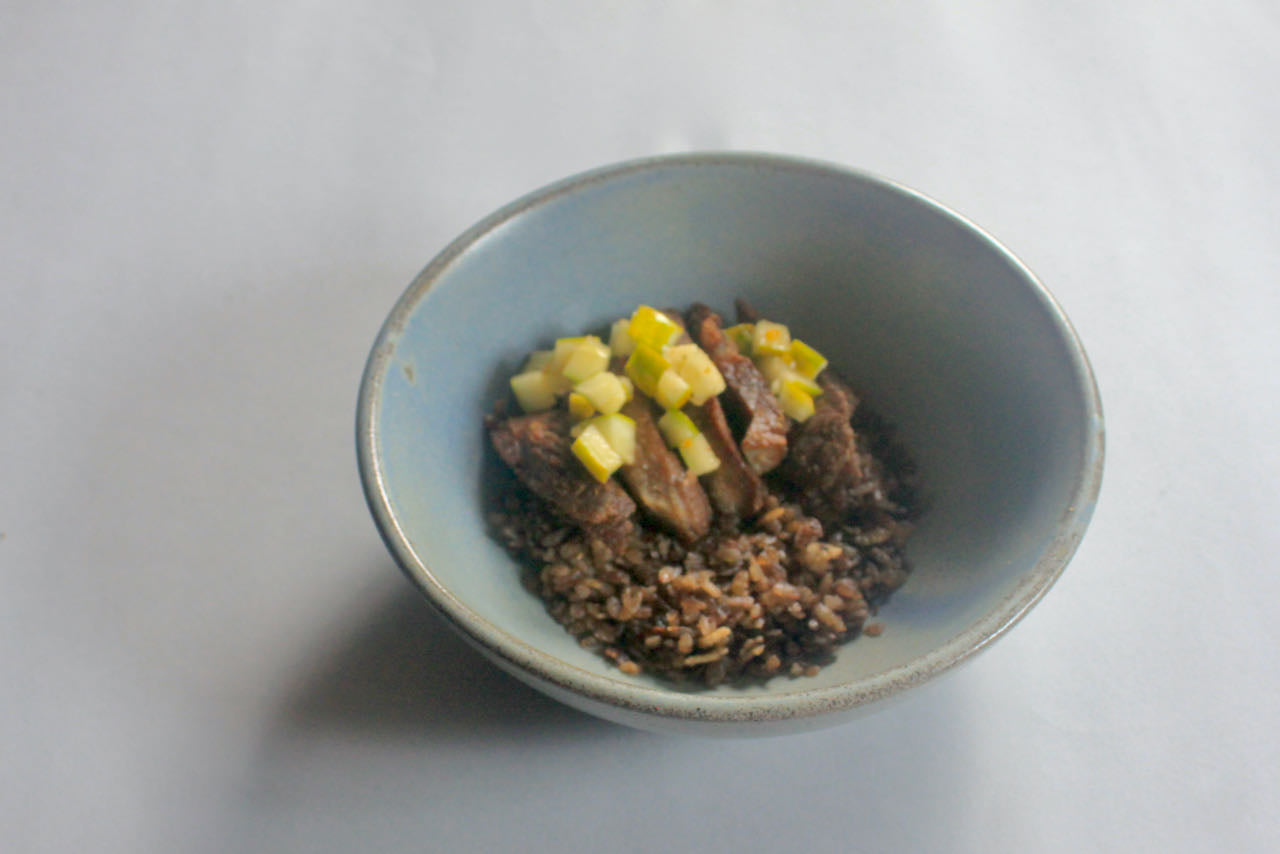
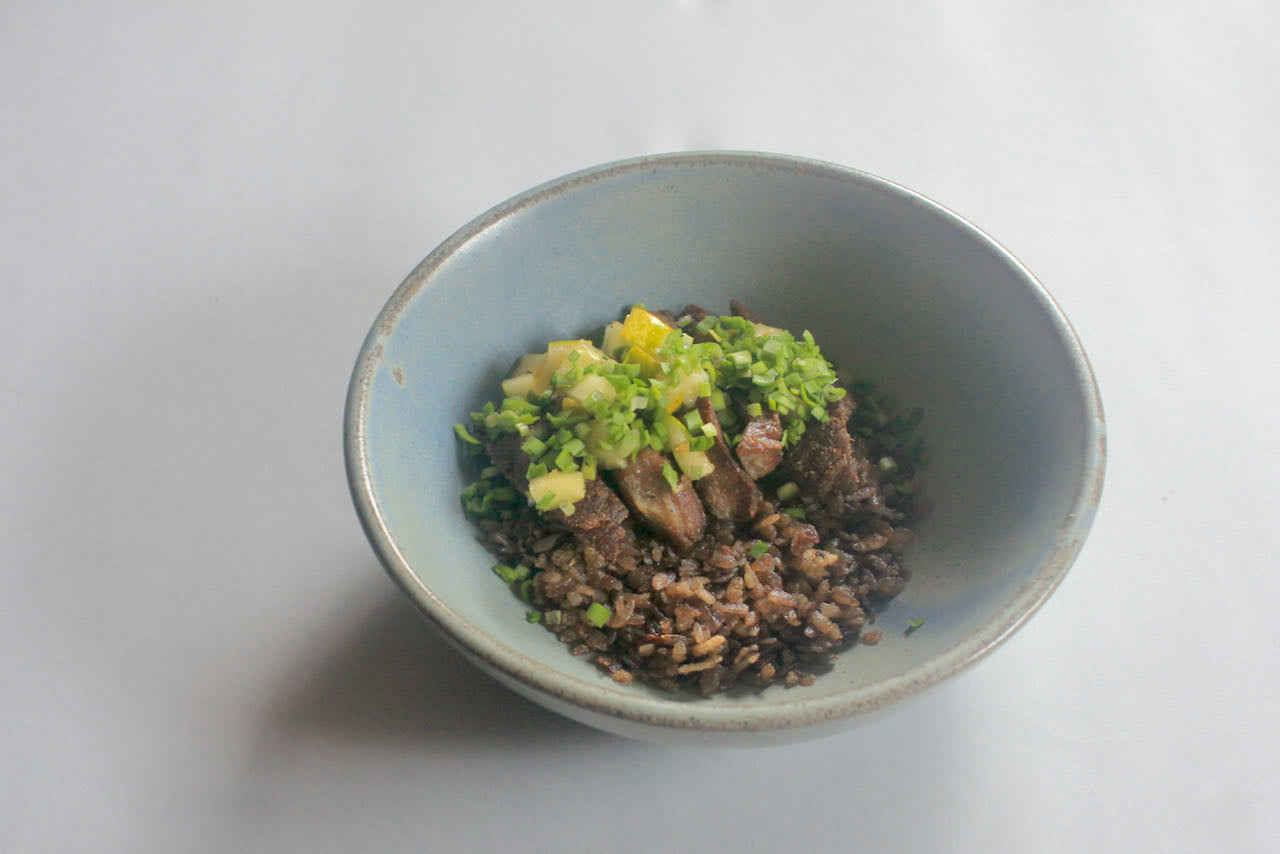
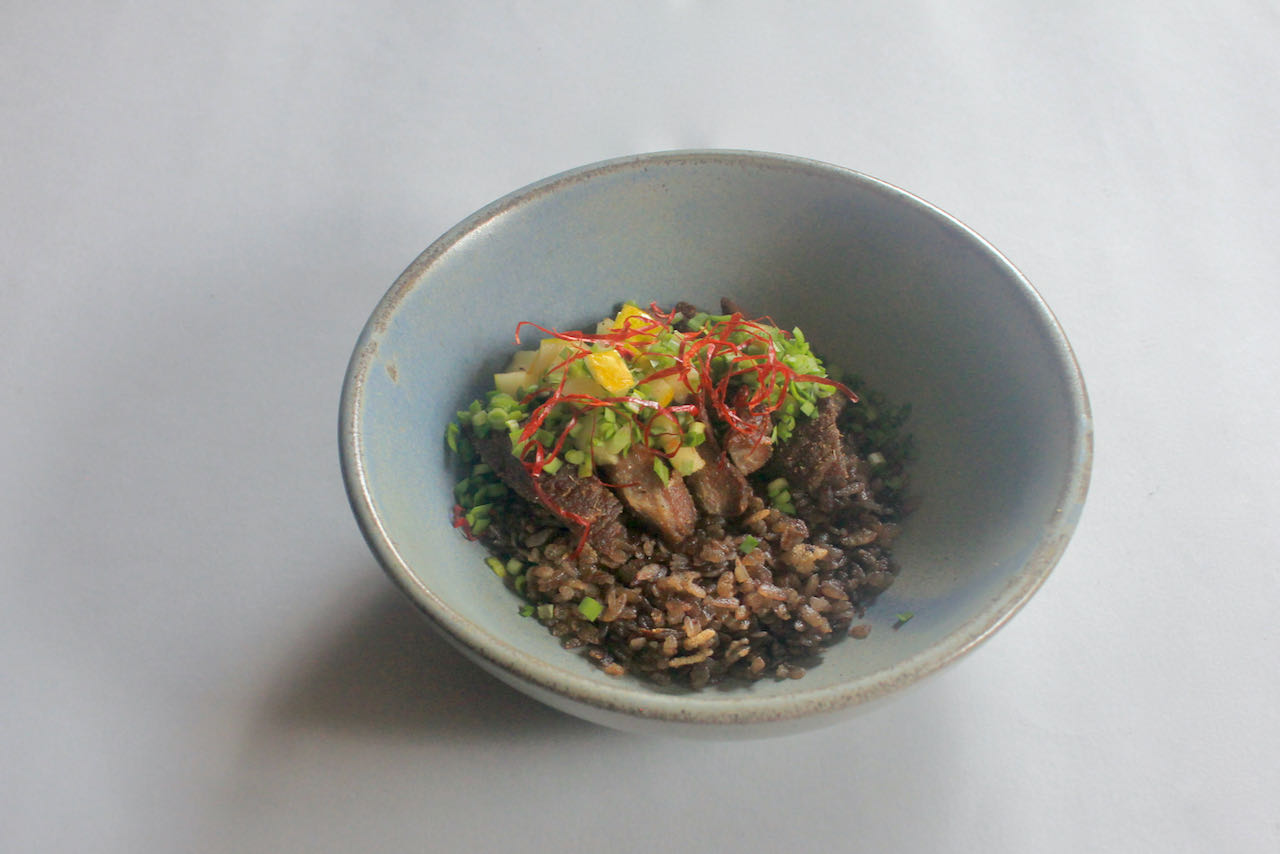
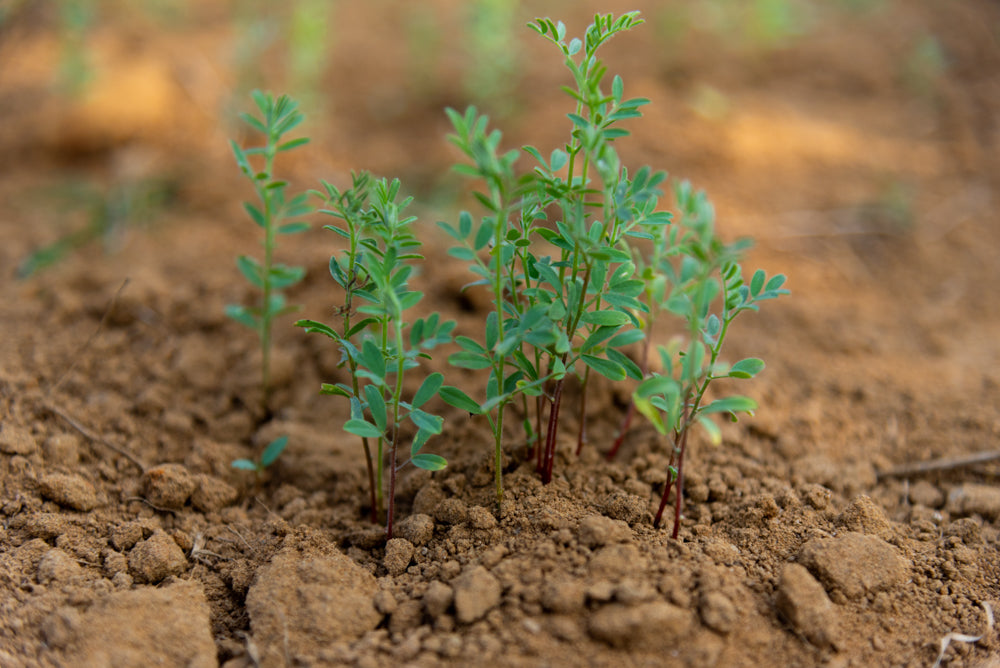
we are passionate about
We believe that the way we cultivate, process, buy, and cook our food can change the world for better. Every time you decide to buy food that has been produced in a sustainable way, you make the world a better place.
FAQ
How much are the shipping cost?
The shipping cost vary depending on your cart and location. You will see the shipping cost and available shipping options during check out.
How many days does the shipping take?
The shipping time is between 6-12 days depending on the location. However, due to holidays or other unforeseen circumstances, the shipping time might be longer.
Do you ship everywhere?
Almost. We are able to ship to all states except for Andaman & Nicobar, Jammu & Kashmir, Assam, Sikkim, Nagaland, Meghalaya, Manipur, Mizoram and Arunachal Pradesh. However, you can get in touch with the customer care and we can try to arrange for a special shipment.
Can I return a delivered product?
No. Due to the nature of our products, they are non-returnable. However, if you have received a damaged or defective product, you can raise a refund request by sending photos of the entire package including the outer box as well as the content writing an email to: contact@amar-khamar.com within 2 days of delivery. Kindly note that we can only replace/refund for the damaged products with photo proofs attached of both the outer package and the contents inside. A full refund will be provided within 30 days of raising the request.
Help! I'm not being able to purchase online!
Feel free to give us a call and we’d be glad to help you +91 93307 42283
Can I have different billing and shipping addresses?
Yes. During the ordering process, you are asked to fill in the billing address. At the end of this field, you have the option to add a different shipping address.
Can I pick-up my orders in Kolkata?
Yes, you can opt for pick-up during check out. We will inform you once your order is ready for pick-up from ouramar khamar pick-up point in 83 A, Kankulia Road, Kolkata -29.
You can also visit our store ANNAJA in 21B Hindusthan Road, Kolkata - 29 to buy your products.
